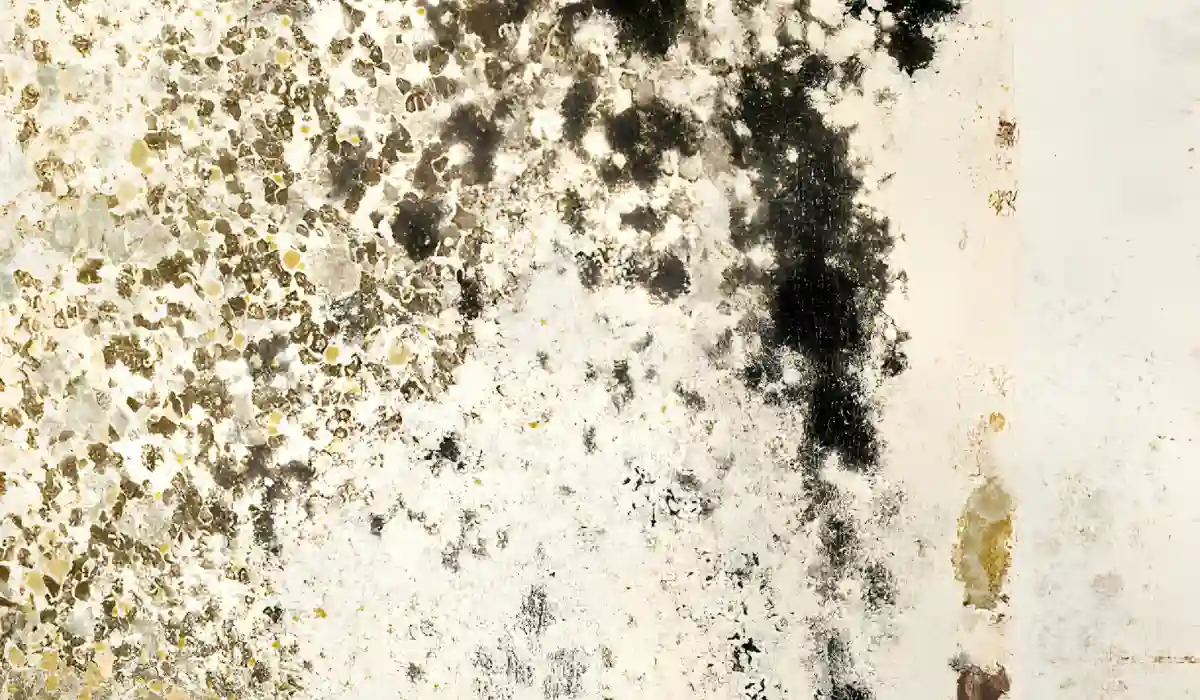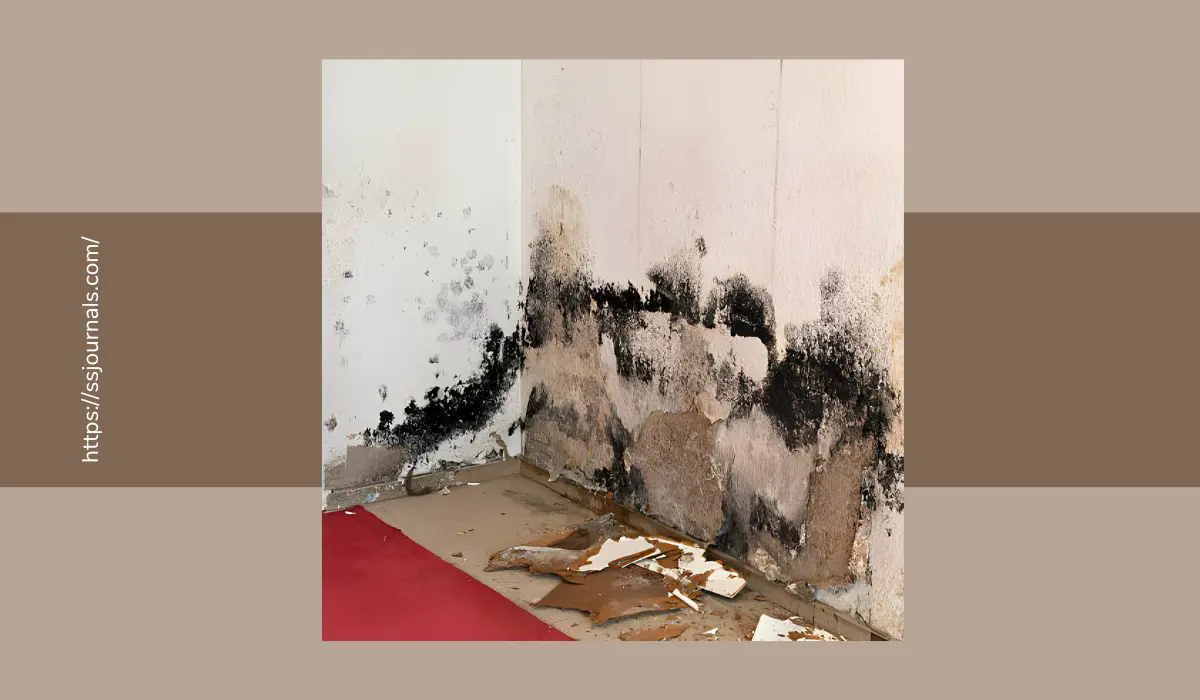Mold can be a problematic issue in many homes, leading to concerns over potential health impacts and property damage. While toxic black mold receives much of the attention, even non-toxic black molds can trigger allergies and respiratory distress. Preventing mold involves controlling moisture and properly remediating any growth.
This article will discuss topics like what is non-toxic black mold, the causes of black toxic mold, how to prevent mold, and how to treat it safely if it occurs in your home.
Written straightforwardly, this article aims to help homeowners understand and address non-toxic black mold through proactive and effective measures. Learn how to keep your family healthy by preventing this common mold and learning how to do the treatment of non-toxic black mold.
What Is Non-Toxic Black Mold?

Nontoxic black mold refers to certain species of mold that, while black in appearance, do not produce harmful mycotoxins. Mycotoxins are toxic substances released by molds that can cause a variety of health issues. Non-toxic black molds may still trigger allergies and asthma, but they do not pose the same level of danger from a toxicity standpoint.
Common varieties of non-toxic black mold include Cladosporium and Alternaria. These molds proliferate in damp areas and can be difficult to eradicate once established. Therefore, prevention is key when it comes to dealing with non-toxic black mold in the home.
Causes of Black Toxic Mold
Toxic black mold refers to strains of mold that produce mycotoxins. These harmful substances can cause symptoms ranging from headaches and breathing issues to serious conditions like hemorrhage or neurological problems in those with mold sensitivities or compromised immune systems. Toxic black molds include famous varieties like Stachybotrys chartarum and certain species of Aspergillus.
What causes these dangerous molds to grow? As with all molds, moisture and humidity are the main factors. Leaking roofs, flooding, plumbing leaks, and condensation can all provide the right conditions. Porous materials high in cellulose also enable colonies to flourish. Cleaning up after water damage quickly is crucial to prevent toxic black molds from taking hold.
Common Effects of Black Toxic Mold
Exposure to mycotoxins and spores from toxic black mold can cause a spectrum of unpleasant and even dangerous symptoms. Common effects of black toxic mold range from allergies and asthma exacerbations to flu-like symptoms and fatigue. Toxicity from black mold exposure may also lead to pulmonary hemorrhage, memory loss, vision issues, nausea, numbness, and persistent infections.
Those with compromised or suppressed immune systems, such as patients on chemotherapy, are at higher risk. Children and the elderly also tend to be more vulnerable. Pets can likewise be impacted by black mold toxicity. While a low level of exposure may cause minimal or moderate symptoms, higher exposure can lead to severe reactions, hospitalization, or even life-threatening in some cases.
Common Symptoms of Black Toxic Mold
So, what are the common symptoms of black toxic mold? Some of the most common symptoms reported from black toxic mold exposure include:
- Wheezing, chest tightness, coughing – signs of an asthma attack or respiratory distress
- Itchy, watery eyes and sneezing – evidence of an allergic reaction
- Headaches, memory issues, nausea – indications of a toxicity reaction
- Fatigue, malaise, flu-like achiness – signals of a systemic reaction
If you notice these symptoms occurring or worsening in your home, black toxic mold may be present indoors. Testing and remediation are advised. Those with mold allergies or asthma should be particularly cautious when entering areas with water damage where mold may be actively growing. Seek medical attention if symptoms are severe or persistent despite leaving the affected area.
How Do You Prevent Mold?
So, how do you prevent mold? Preventing both toxic black mold and non-toxic black mold comes down to proactively avoiding moisture build-up and managing humidity levels.
- Quickly fix any water leaks, repair roof damage, insulate cold water pipes, and seal exterior cracks.
- Use exhaust fans, increase ventilation, install dehumidifiers, and ensure proper drainage around your home’s foundation.
- Clean frequently with antimicrobial products designed to inhibit mold growth.
- Bleach and vinegar work well to kill both mold and mold spores when used properly.
- Be sure to completely dry any wet building materials within 24 to 48 hours after a water leak or flooding.
- Stopping moisture and humidity before molds can grow is the best way to prevent unhealthy fungi in your home.
Treatment of Nontoxic Black Mold
Even though nontoxic black molds do not produce dangerous mycotoxins, it is still best to treat any mold growth quickly and appropriately.
- Use protective gear like gloves, goggles, and a respirator when working with mold.
- Carefully remove or clean moldy drywall, carpet, insulation, wood, and other porous substrates.
- A diluted bleach solution, white vinegar, borax, and other antimicrobial products can be used to clean and kill mold on non-porous surfaces like tile, metal, glass, and solid wood.
- Ensure proper ventilation and drying to prevent regrowth.
- For extensive growth, consider hiring a professional mold remediation company.
- They can determine if specialized cleaning or containment solutions are needed, such as fogging or negative air pressure.
Completely removing mold growths and fixing the moisture issue causing them is key for getting nontoxic black mold under control.
Bottom Line
While toxic black mold garners more alarming headlines, even nontoxic black mold can negatively impact home health. Allowing moisture issues and humidity to enable mold overgrowth poses problems for allergy sufferers. With vigilance and quick remediation, the growth of nontoxic black mold can be controlled without requiring extensive mold abatement measures.
Preventing uncontrolled mold growth ensures your family’s wellness while saving your home from destructive fungi taking hold. As nontoxic black mold thrives in damp areas prone to water damage and condensation accumulation, fixing such problems promptly is essential. Coupled with directly addressing established mold growth using antimicrobial solutions, managing nontoxic black mold becomes more straightforward.
Will dedicating effort to moisture control and nontoxic black mold remediation lead to healthier air quality in your house? Undoubtedly yes, and your family will breathe easier because of it.

